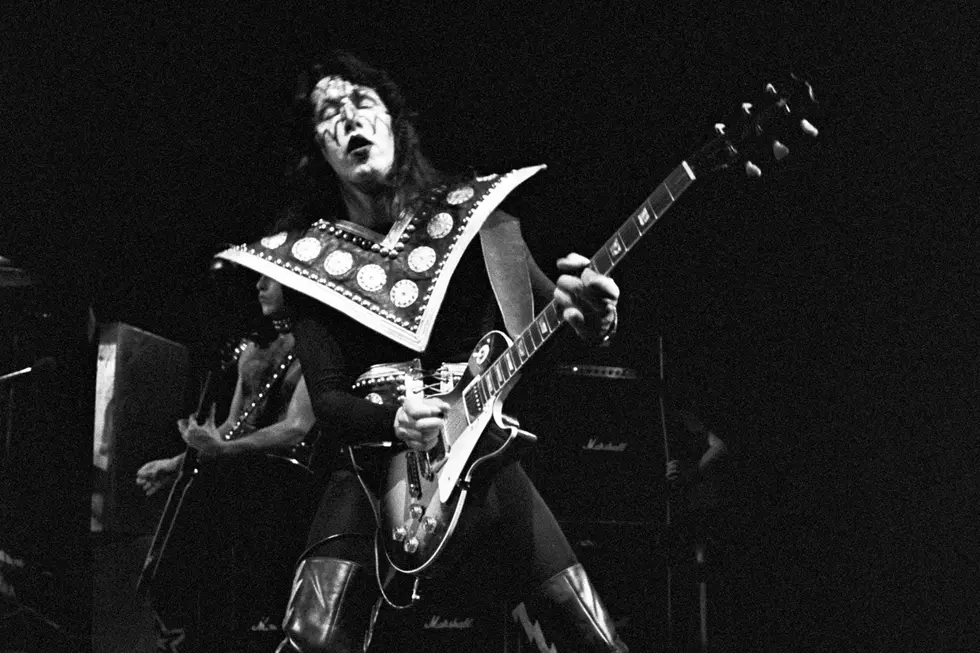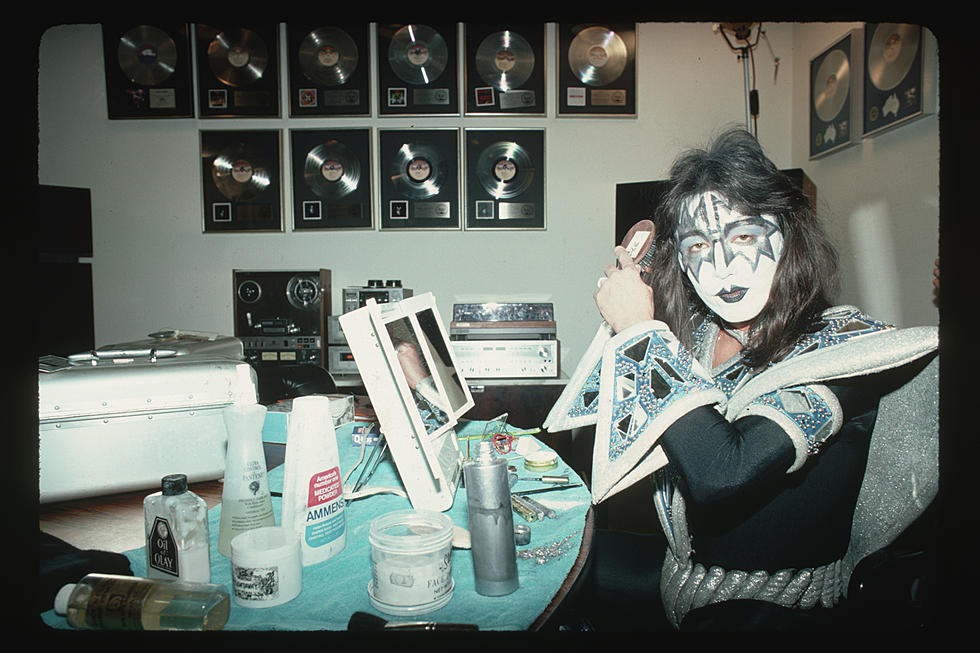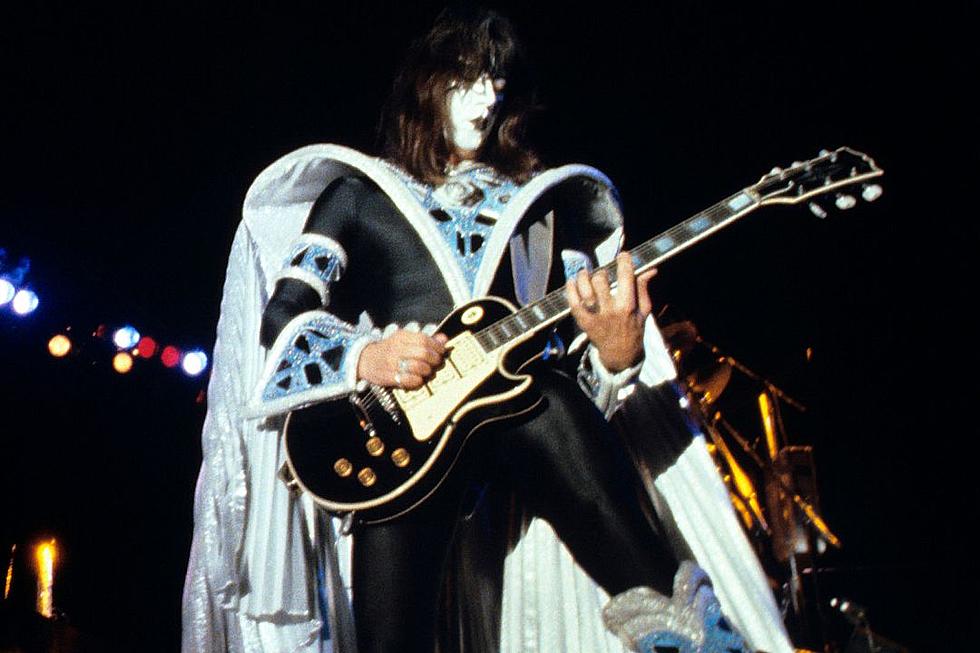
30 Years Ago: Ace Frehley Gets Back on Track With ‘Trouble Walkin”
On Oct. 13, 1989, Ace Frehley owned up to his career-long reputation for finding misfortune at seemingly every turn by titling his third post-Kiss solo album Trouble Walkin’. But happily, the album proved to be the one where Frehley found his footing as a true solo artist.
Indeed, for many years after leaving Kiss, Frehley had looked like something of a lost cause, as well-documented personal trials repeatedly postponed the one-time Space Ace’s every attempt at a career re-launch. Thankfully, the patience paid off in 1987 when the beloved guitar god successfully reemerged to widespread feting and fanfare (if not mega-sales nor unanimous critical praise) with the Frehley’s Comet project and album. “Ace is back,” shouted joyous supporters … but was he really?
Strangely, much of that initial excitement seemed to have dissipated by the arrival of the following year’s sophomore Comet long-player, Second Sighting. The departure of longtime drum foil Anton Fig from the group's permanent lineup prior to that recording was but the first departure, as Ace would feel compelled to jettison his remaining band members -- including singer/ multi-instrumentalist Tod Howarth, who split lead vocal duties with Frehley on the group's two albums -- by the early months of 1989. In their stead, Frehley recruited a new and larger group of musicians (including a returning Fig) to back him on a true return to solo status; and, as the resulting Trouble Walkin’ would soon prove, the man who had once hidden behind all that silvery makeup was finally strong enough to stand out front and center, without the confidence-boosting illusion of a pseudo-backing band.
Opening number "Shot Full of Rock" blasted Trouble Walkin’ off its launch pad with impressive six-string combustion, capped by a blazing-fast lead run that left even Ace connoisseurs slack-jawed. At least at first, it seemed as if their favorite space cadet had swapped zero gravity for the mosh pit, based on subsequent head-bangers like "Five Card Stud" and the only mildly spaced-out "Lost in Limbo." But fans had only to wait until the album’s second half for a slew of more familiar, mid-paced rockers that were cut from the same cloth as Frehley’s past exploits, including the title track, "2 Young to Die" and "Back to School" -- to say nothing of the album-closing instrumental "Fractured III," which was of course another “sequel” to his 1978 solo LP’s popular original.
Listen to Ace Frehley's 'Trouble Walkin''
As if all this weren’t enough, Trouble Walkin’ also raised eyebrows sky-high on at least two occasions: the first being a convincing interpretation of the Electric Light Orchestra’s 1976 smash, "Do Ya" (by way of the Move's original 1971 version), that showcased Ace’s vocal abilities like never before; and the second coming via the late album live recording, "Remember Me," which likewise revealed Frehley’s rarely broadcast blues chops with stunning results.
And yet, even with so many positive talking points to choose from, the LP’s most talked about song was undoubtedly "Hide Your Heart," which, in a curious twist of fate, appeared almost simultaneously on Kiss’ 1989 album, Hot in the Shade, after already being covered by British chanteuse Bonnie Tyler the previous year. Originally written by Paul Stanley alongside songsmiths Desmond Child and Holly Knight, the anthemic song had been rejected outright by the remaining members of Kiss during the Crazy Nights sessions -- only to end up cut by both sides of the still testy Frehley/Kiss feud in what now almost seems like an early portent of their eventual reunion, some five years later.
That’s another conspiracy for another conversation though, and the conclusion we’re left with today is that Trouble Walkin’ clearly captured Ace Frehley in his element: his talents focused like rarely before (and undiluted by business-related agendas) so that his agile fingers could go about their intended business of sending comet tails up and down the neck of his trusty Les Paul.
Kiss Albums Ranked
More From Ultimate Classic Rock









